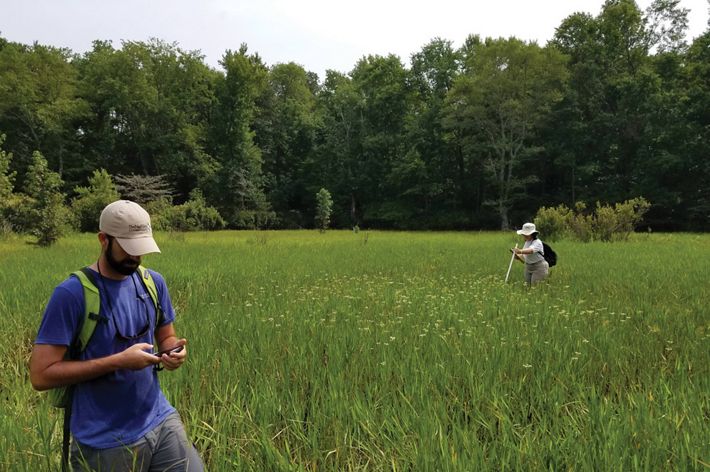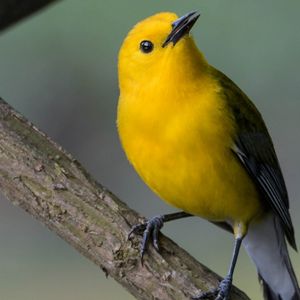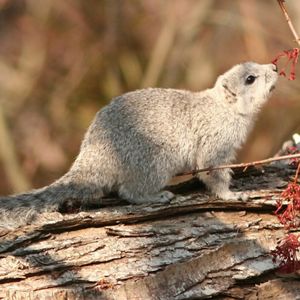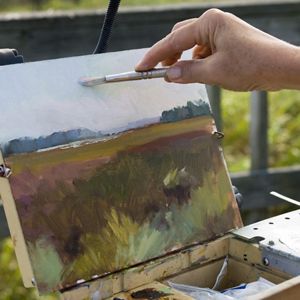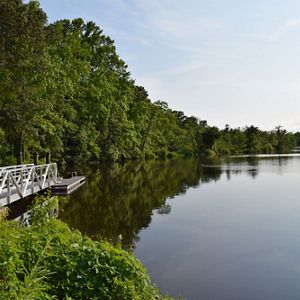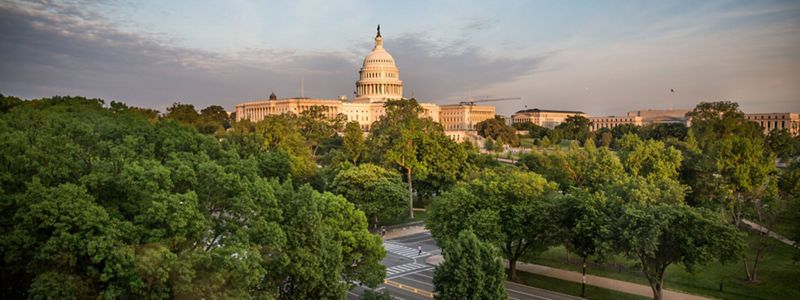Description
Crescent Preserve is a collection of five natural areas—three owned by TNC (Baltimore Corner, Persimmon Pond, and Jackson Lane/Eaton’s Pond) and two that are state-owned Natural Heritage conservation areas (Bridgetown Pond and Hollingsworth Pond).
Each features at least one coastal plain pond, also known as Delmarva bays. These seasonally flooded freshwater wetlands are among the state's rarest natural communities, hosting numerous rare plants and providing important habitat for amphibians.
As their name implies, these bays occur only on the Delmarva Peninsula, typically along the backbone of the peninsula where soils are poorly drained. The seasonal flooding and saturated soils discourage many tree species, creating a meadow-like opening in the forest dominated by grasses and sedges.
Although the surrounding forest is essential to the health of the bays, it is the openings that harbor nationally- and state-rare species.
Management at these preserves includes:
- Using manual removal and prescribed fire to reduce woody vegetation and enlarge open sunny habitat for rare plants
- Invasive plant control
- Annual monitoring of rare plants
- Managing a permitted hunting program to reduce the impact of deer
This preserve is not open to the public due to the fragility of the ponds. Thank you for your understanding and help in protecting this important part of Maryland’s natural heritage.

